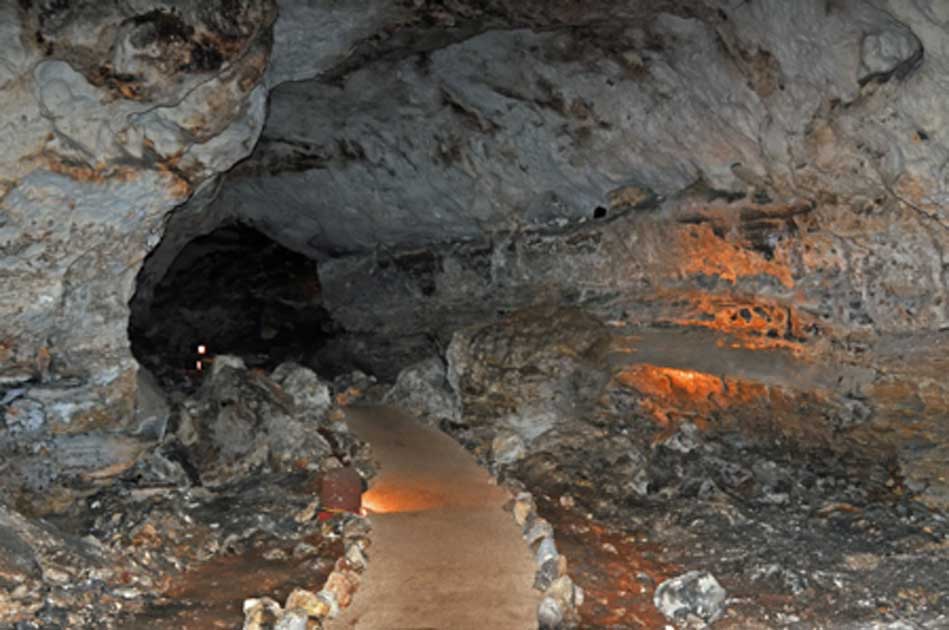Maya Gateway to the World Below: Balankanchè Cave, Throne of the Tiger Priest.
Caves are central to the cosmologies of many world cultures , used by humans from the dawn of time. They are associated with powerful natural forces and are believed to be dwelling places for benevolent and malevolent deities, protectors and disruptors of communities and individuals’ lives.

An example of this is the Balankanchè Cave , located 2.5 miles (3.9 kilometers) southwest of the ancient metropolis of Chichén Itzà , Yabnal in ancient Maya, near the town of Pistè. The cave’s proximity to this major pre-Columbian site underlines the fact that Balankanchè was an integral part of the theocratic city for religious rituals and ceremonies.
The cave was called the “ Throne of the Tiger Priest ” by E. Willis Andrews, in his 1970 archaeological field report. Its significance can be fully understood in contrast to the monumental secular site above ground. The interaction between the surface elements and those of the cave, give us an unusual light on the life of Chichén Itzá.

Chichén Itzá, Kukulcán Pyramid. (© georgefery.com)
The conquest of the Yucatán peninsula by the Maya- Chontales or Putunes took place in 918; they were the people that already controlled the trade routes around the peninsula. They occupied the island of Cozumel and from there, crossed over to the peninsula and reached Yaxuná and invaded Chichén Itzá .
A second group of migrant-soldier invaders, together with nahualtl speaking Toltecs, reached Chichén around 987, introducing the cult to Quetzalcoatl from Tula, in the present-day state of Hidalgo, in central Mexico. They established a military dynasty that ruled the northern peninsula. The Chilam Balam de Chumayel , indeed refers to the two groups as the “ little descent ” in 918 and the “ big descent ” in 987.
All cenotes, or natural open wells, were at times used for religious ceremonies. The large Sacred Cenote , also known as Well of the Itzaes or Well of Sacrifice , is located at the end of a 600 foot (180 meter) sacbe or ‘white road’, that links the Great Plaza and the Kukulcán pyramid with the Sacred Well .
The cenote was believed to be the gateway to the underworld and Cha’ak’s home, the rain deity from pre-Toltec times.
CLICK HERE FOR FULL ARTICLE ON ANCIENT ORIGINS,NET

